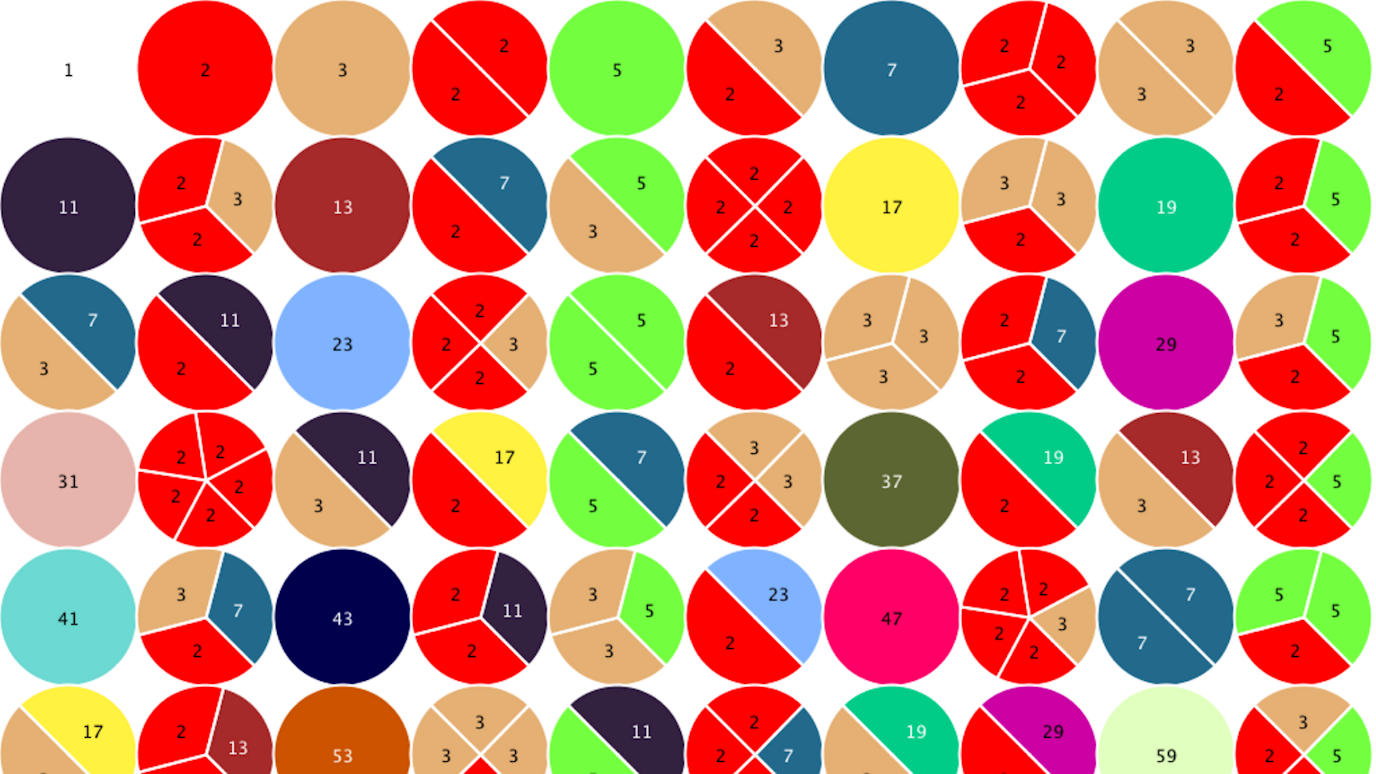Members of the Quantum Dynamics Group work on a range of topics that are centred around quantum information and quantum computing, quantum foundations, atom-laser interactions, and quantum graphs.
Members & Interests
Professor Jens Bolte:
My research area is Mathematical Physics. I am in particularly interested in quantum graphs and in semiclassical analysis. In the former area one studies properties of one dimensional quantum systems with a complicated topology. In the latter area approximations of quantum systems in terms of classical quantities are investigated.
Professor Emeritus John Essam:
My research is in the general area of phase transitions. Examples are ordering of interacting spin (Potts) models, polymer collapse and percolation through random networks. All involve the enumeration of graphs embedded in crystal lattices. A model, related to traffic flow, of particles hopping along a chain can be formulated as a polymer collapse model.
I am interested in quantum computation and quantum information, specifically focussed on theoretical ideas to help reduce the technical demands on future experimental realisations of quantum computers and quantum technologies. We are anticipated to be on the cusp of a new, quantum, technological revolution, with these devices at its forefront.
Professor Francisca Mota-Furtado:
I work on time-dependent quantum systems and, in particular, the interaction of atoms with intense short pulse electromagnetic radiation. The non-linear interaction of a laser field with the atom results in multiple new effects such as high harmonic generation and re-scattering of the ionised electron. These are studied using both classical and quantum approaches.
Professor Pat O'Mahony:
My current research is aimed at understanding the dynamics of the interaction of short intense laser pulses with atoms. I use classical, semi-classical and quantum theories (the time dependent Schrödinger equation) to study the problem. Attosecond pulses (extremely short pulses of a duration on the order of 10-18 seconds) make it possible to study electron motion in atoms in real time.
Professor Rüdiger Schack:
My research interests are focussed on quantum information theory, quantum cryptography and quantum Bayesianism.
Publications
Most publications of the group can be found here.
Collaborations
Mathematical models for interacting dynamics on networks (CA18232)
Catalyst: Advanced Quantum Science and Technologies
Centre in Combinatorial Methods in Algebra, Number Theory and Applications (CANTA)
























